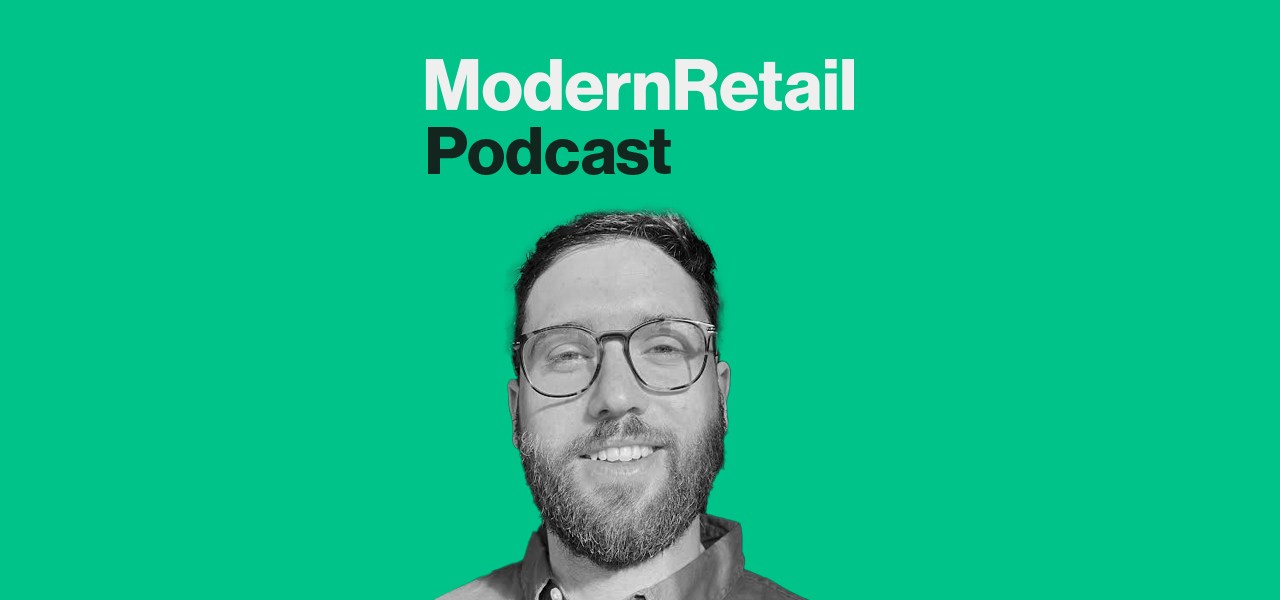‘We’ve never touted a DTC flag’: Ridge CEO Sean Frank on trying to build a $1B accessory brand

Subscribe: Apple Podcasts • Spotify
Accessory brand Ridge, best known for its wallets, is getting closer and closer to a $1 billion exit.
CEO Sean Frank has been saying this for years but thinks the option may come sooner rather than later. “If I want to sell for $1 billion, you need $100 million in adjusted EBITA, or we need roughly $50 million in net income,” he said. “I think next year, we’ll probably get to $50 million in net income.”
Frank joined the Modern Retail Podcast and spoke about the company’s growth as well as the state of consumer brands. Frank thinks Ridge’s trajectory has been different from that of many other direct-to-consumer brands. For one, it never took on venture capital and instead grew every year while remaining profitable. What’s more, while Ridge does sell via its website, it’s long been available in other channels like Amazon, Nordstrom and Best Buy.
“We’ve never touted a DTC flag. We were never like, we’re not going to sell on Amazon,” he said.
What’s more, Ridge — which just added YouTuber Marques Brownlee as a board member and chief creative partner — figured out early on that it couldn’t just rely on a hero product as a means to scale. “I don’t want to pick on anybody, but if you look at, like, an Away — they still sell luggage, and they’ve sold luggage for 15 years at this point,” he said. “It’s more or less the same piece of luggage.” Conversely, Ridge has expanded into new products like phone cases and men’s wedding bands.
“We have these cohorts that are like, ‘Yeah, I love the product, it’s great. But I don’t need another wallet.’ There’s nothing we can do to get them to buy another wallet,” he said. “So we were like, OK, let’s figure out what other people want.”
With all of this, Frank is trying to continue to grow the company while looking at future prospects. While Ridge may reach its goal for a billion-dollar valuation, he’s still waiting and seeing.
“It’s just if we want to sell or not, right?” he said. “Does it make sense for the brand with what’s going on?”
Here are a few highlights from the conversation, which have been lightly edited for clarity.
On the growth pains of expanding into wholesale as a DTC brand
“We’ve never touted a DTC flag. We were never like, we’re not going to sell on Amazon. We’re not going to sell it wholesale. We were just like, ‘Yeah, we should be where people want are.’ We were very early to that. So we were on Amazon in 2018. We were in Nordstrom in 2019. And the professionalization and the merchandising [piece of the business] came out because we kept being frustrated with retail partners and they were frustrated with us. I’d be like, ‘Yeah, we have a new wallet coming out next month.’ They’re like, ‘Well, we can’t buy that.’ I’m like, why? They’re like, ‘Well, we’re supposed to buy stuff seven months ago.’ I’m like, ‘Well, I didn’t know I was gonna make it seven months ago.’… And there’s just all that inherited knowledge that legacy retailers have that I think the DTC generation didn’t. And we for sure, didn’t. So it’s been 24 months of us learning that stuff and changing our organization to operate on those timelines?”
Why product expansion is key
“We’re still posting 50%-plus growth year over year, never raised any money, profitable the whole time, doing nine figures in revenue. And the reason we’ve been so successful is because of the product expansion. Like, I don’t want to pick on anybody, but if you look at, like, an Away — they still sell luggage, and they’ve sold luggage for 15 years at this point. It’s more or less the same piece of luggage. And their entire business is optimized around selling that luggage. And that’s great. What we realized is the wallet business in 2021, ended up getting 1% of the global TAM… We have all of these wallet customers, millions — probably six or 7 million people have bought these wallets at this point. And it’s a very low LTV business. The average person buys a wallet every seven years. And even then they probably don’t buy it, it gets gifted to them by somebody in their life. So we have these cohorts that are like, ‘Yeah, I love the product, it’s great. But I don’t need another wallet.’ There’s nothing we can do to get them to buy another wallet. So we were like, OK, let’s figure out what other people want.”
Amazon is ‘just a tax on success’
“I have a large Amazon budget, but it’s almost purely PPC. I don’t think they do top-of-funnel especially good. They’ve never proven to me that they do top-of-funnel especially good. How can they reach people top-of-funnel that I can’t reach on a Meta or a YouTube or whatever else? And I’m glad they’re rolling out more ad units. The dirty secret is: I think all of Amazon’s profit has just come from their ad department. And if you look at their earnings reports, the fastest-growing single division in that entire company is advertising — growing faster than cloud, more profitable than cloud. But yeah, I treat Amazon like I treat Google brand spend. It’s all just a tax on success.”
